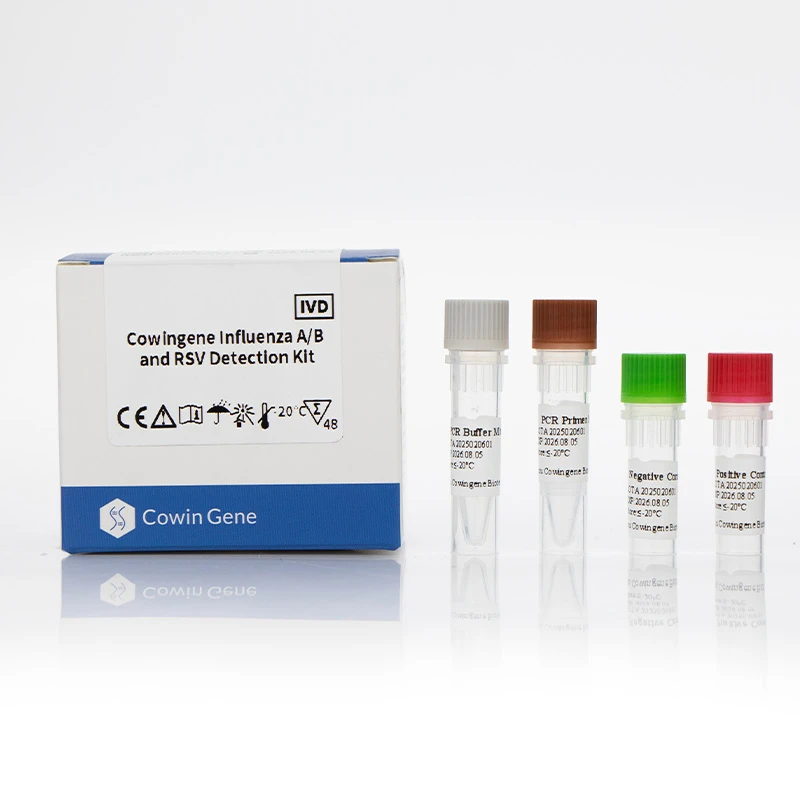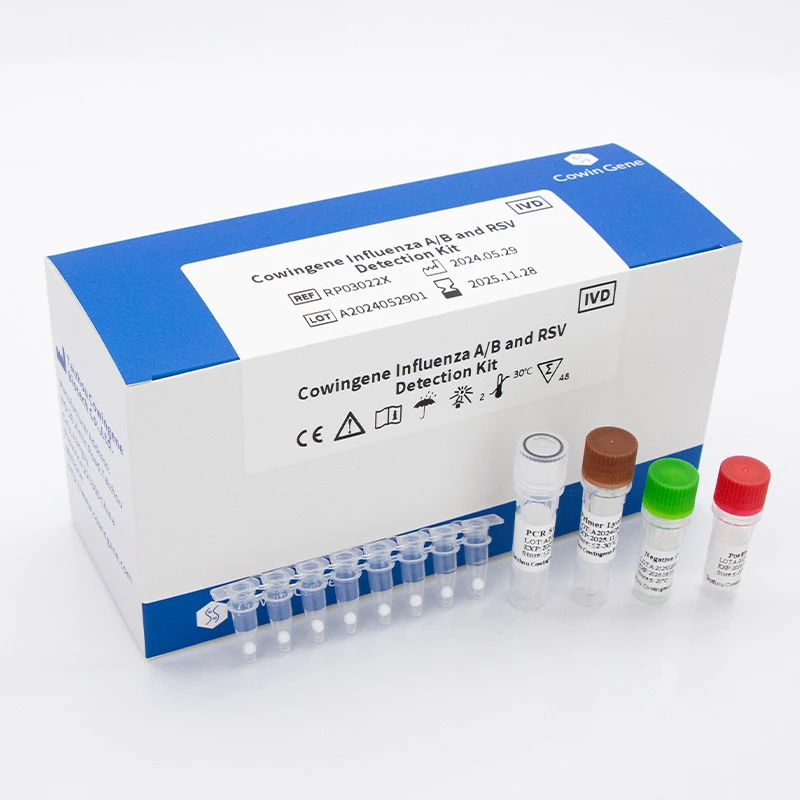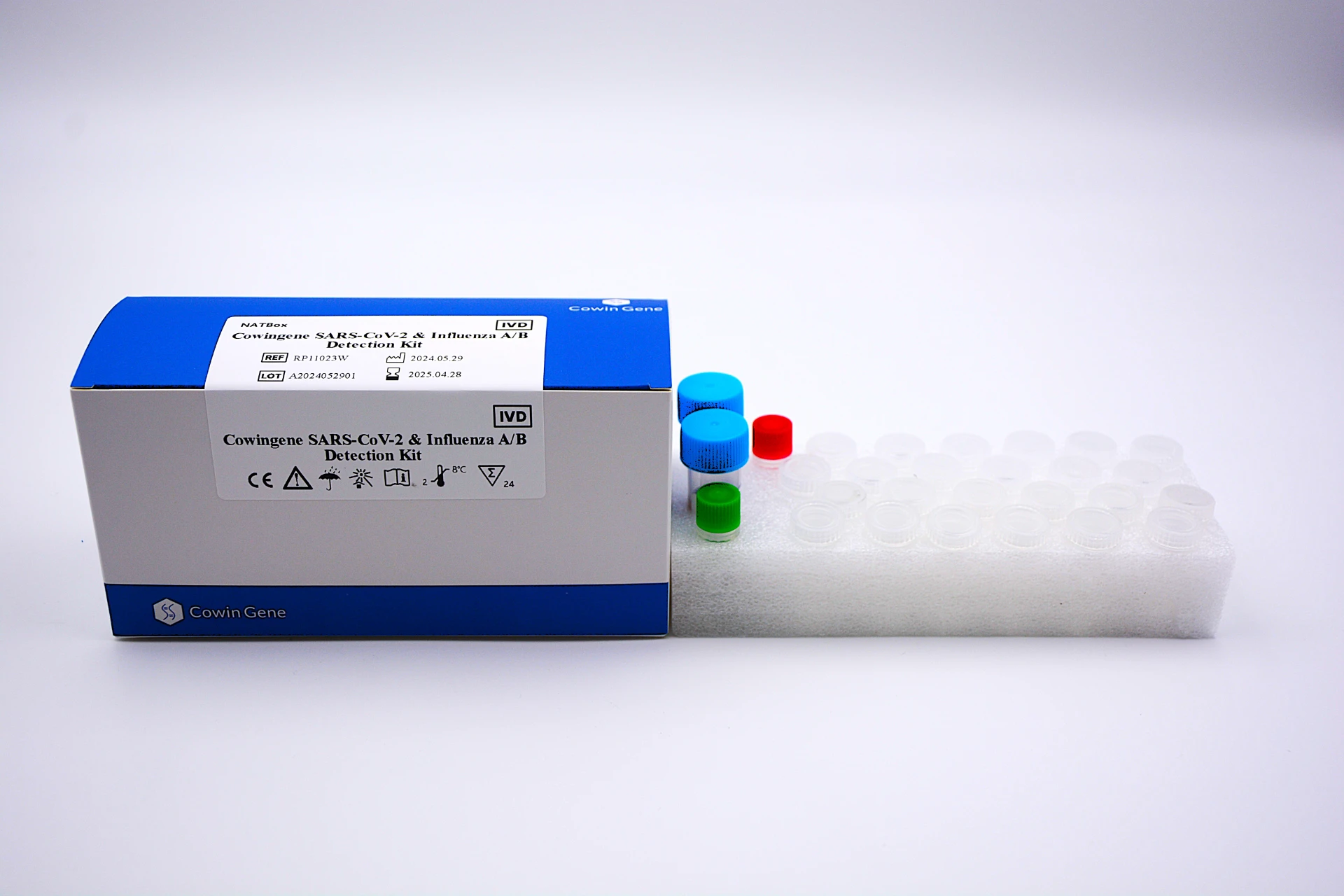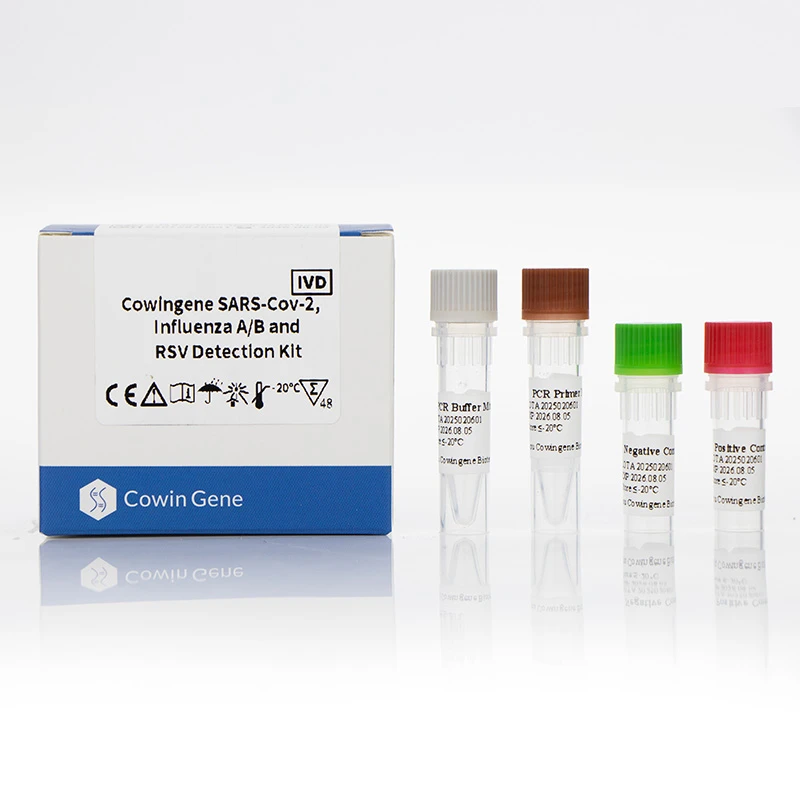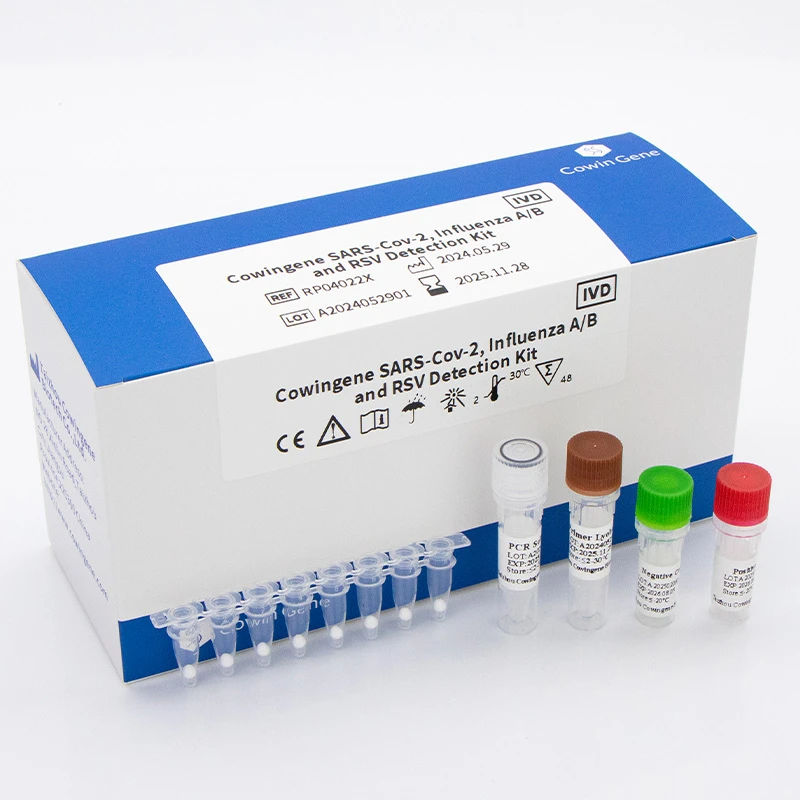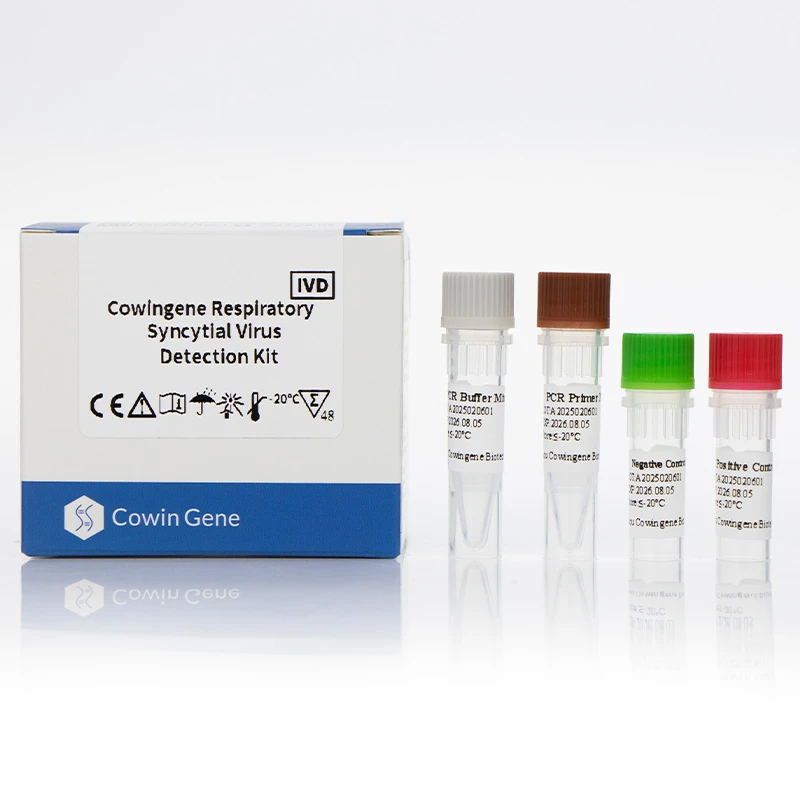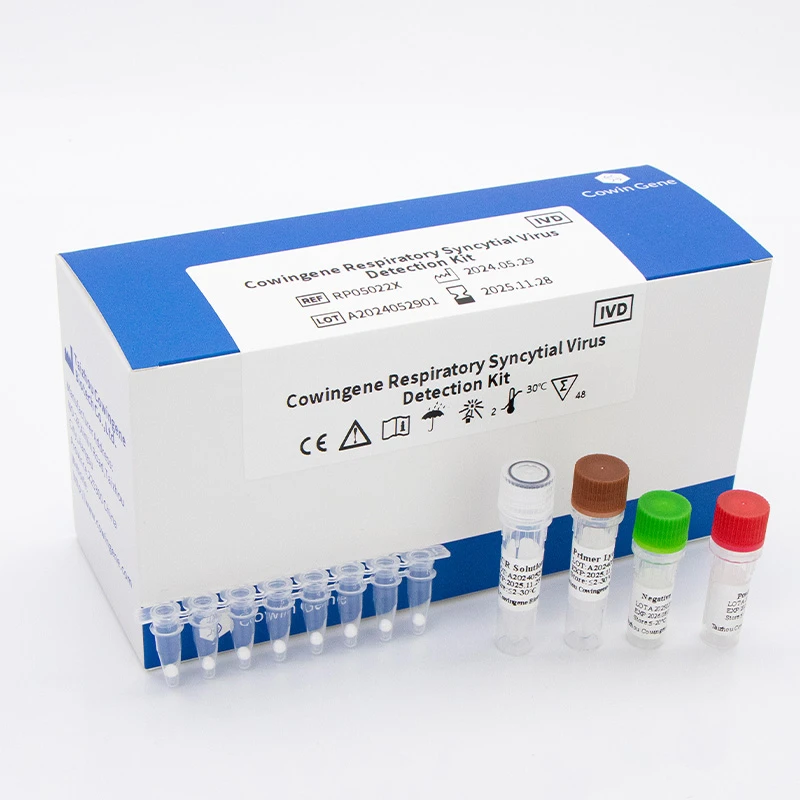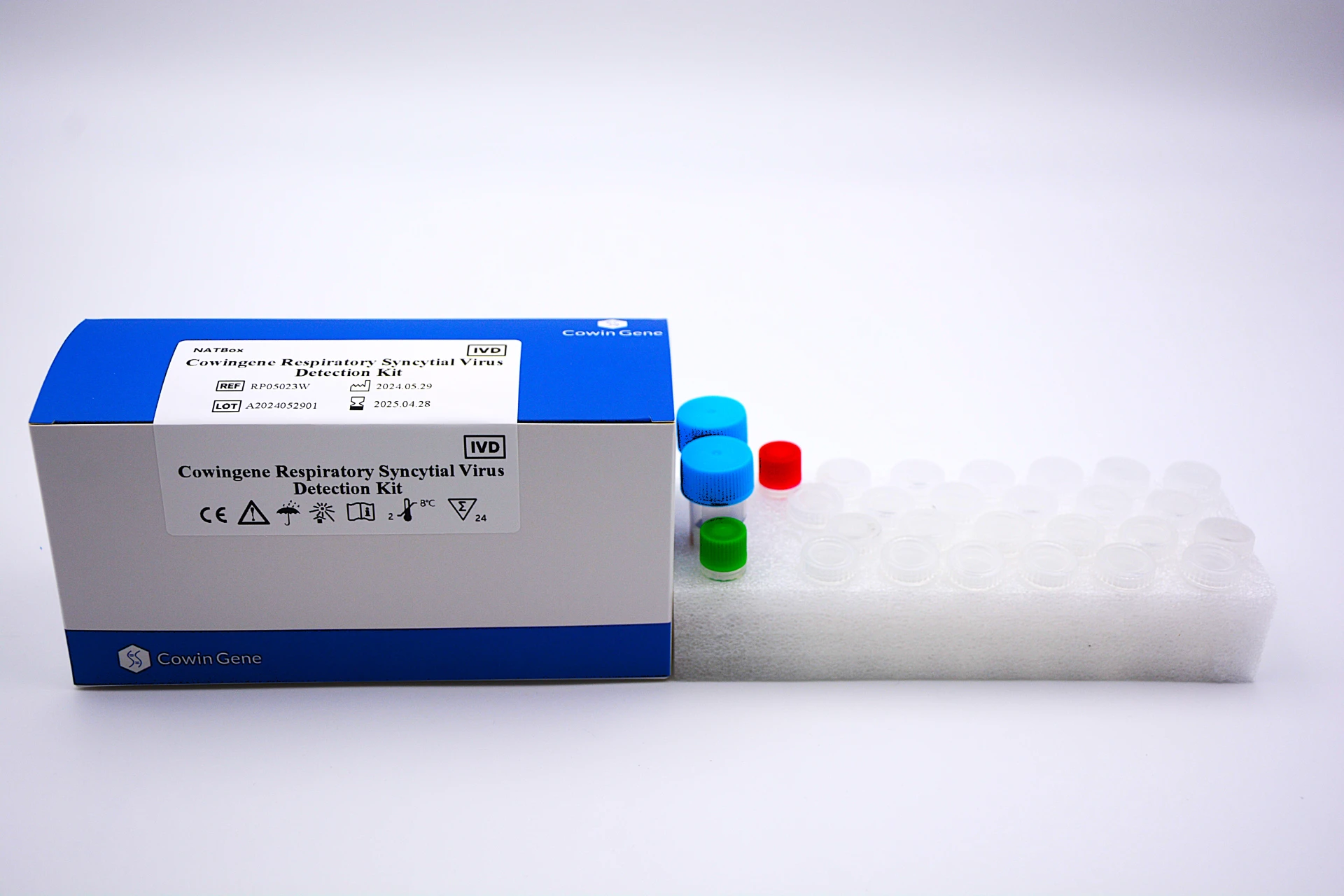Jul . 22, 2025 06:01 Back to list
Ebola PCR Detection Kit for Rapid Results
The landscape of viral hemorrhagic fever diagnostics has evolved significantly since the 2014 West Africa Ebola outbreak. ebola pcr testing has emerged as the gold standard for early detection, enabling rapid response and containment measures. This article examines current trends in ebola pcr technology, technical specifications, and applications for ebola detection, with particular focus on the advanced solutions developed by leading biomedical companies.
Taizhou Cowingene Biotech Co.,Ltd.
Company Profile: A premier molecular diagnostics manufacturer specializing in FDA/CE-certified ebola kit development and production since 2012.
Website: www.cowingene.com
Contacts:
Phone: +860523-88350768
Mobile: 0523-88350768
Email: info@cowingene.com
Address: NO.28, Xinlin Road, Taizhou city, Jiangsu Province, China
Evolution of Ebola Detection Technologies
Historically, ebola detection relied on serological assays and viral cultures with turnaround times exceeding 72 hours. Today, real-time reverse transcription polymerase chain reaction (RT-PCR) systems deliver results within 90 minutes. According to studies published in the Journal of Clinical Microbiology, modern ebola pcr assays have achieved 99.3% sensitivity and 98.7% specificity in clinical settings.
Cowingene Zaire and Sudan Ebolavirus Detection Kit (NATBox)
Product Website: https://www.cowingene.com/cowingene-zaire-and-sudan-ebolavi-adh.html
Validated Specimen: Plasma, Serum
Analytes: 1 tube ; Zaire and Sudan Ebolavirus
This FDA-recognized ebola kit integrates multiplex RT-PCR technology with proprietary buffer chemistry to simultaneously detect Zaire and Sudan Ebolavirus strains. Validated through clinical trials in partnership with the Pasteur Institute, the platform features 100μL reaction volumes with integrated freeze-dried reagent stability.
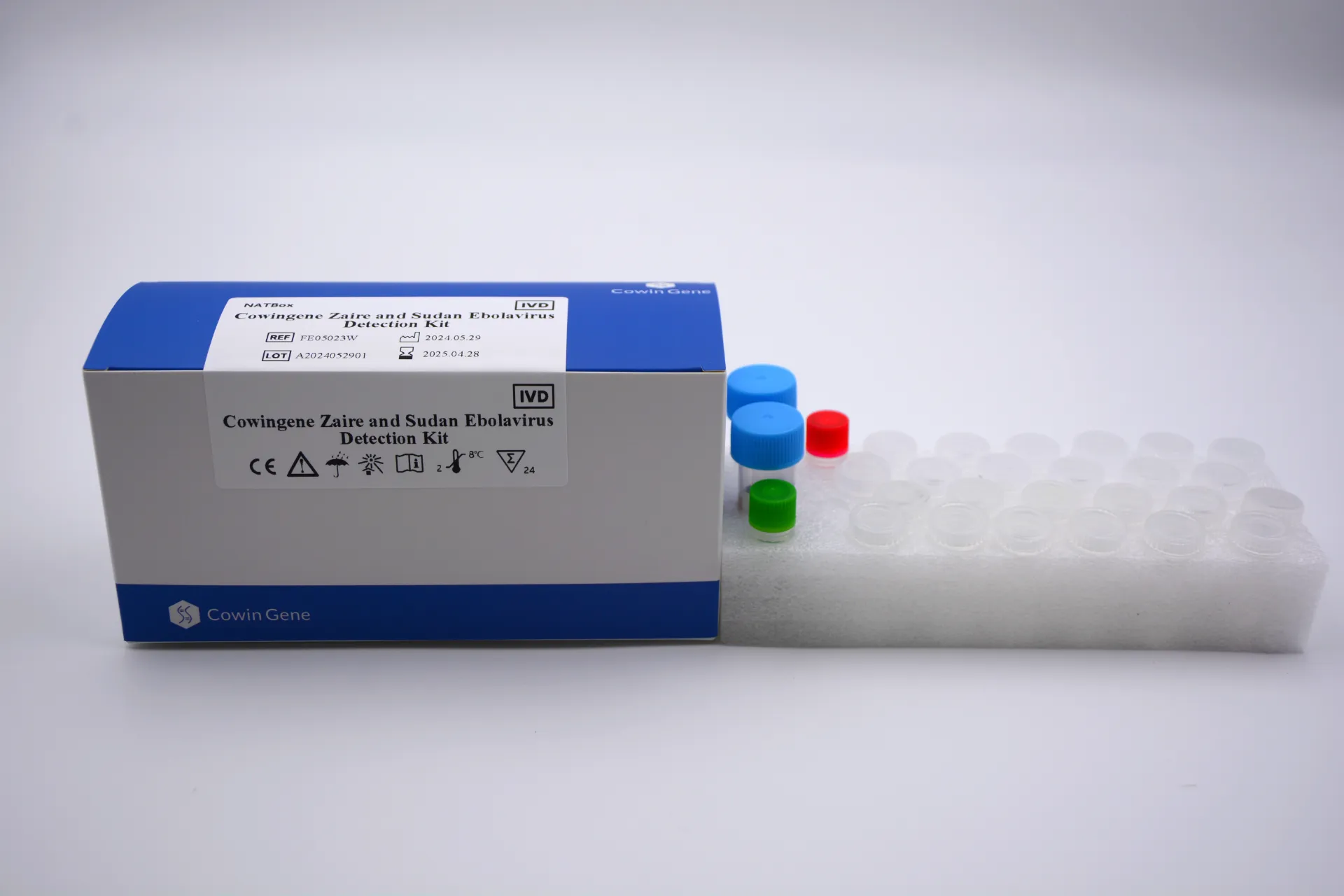
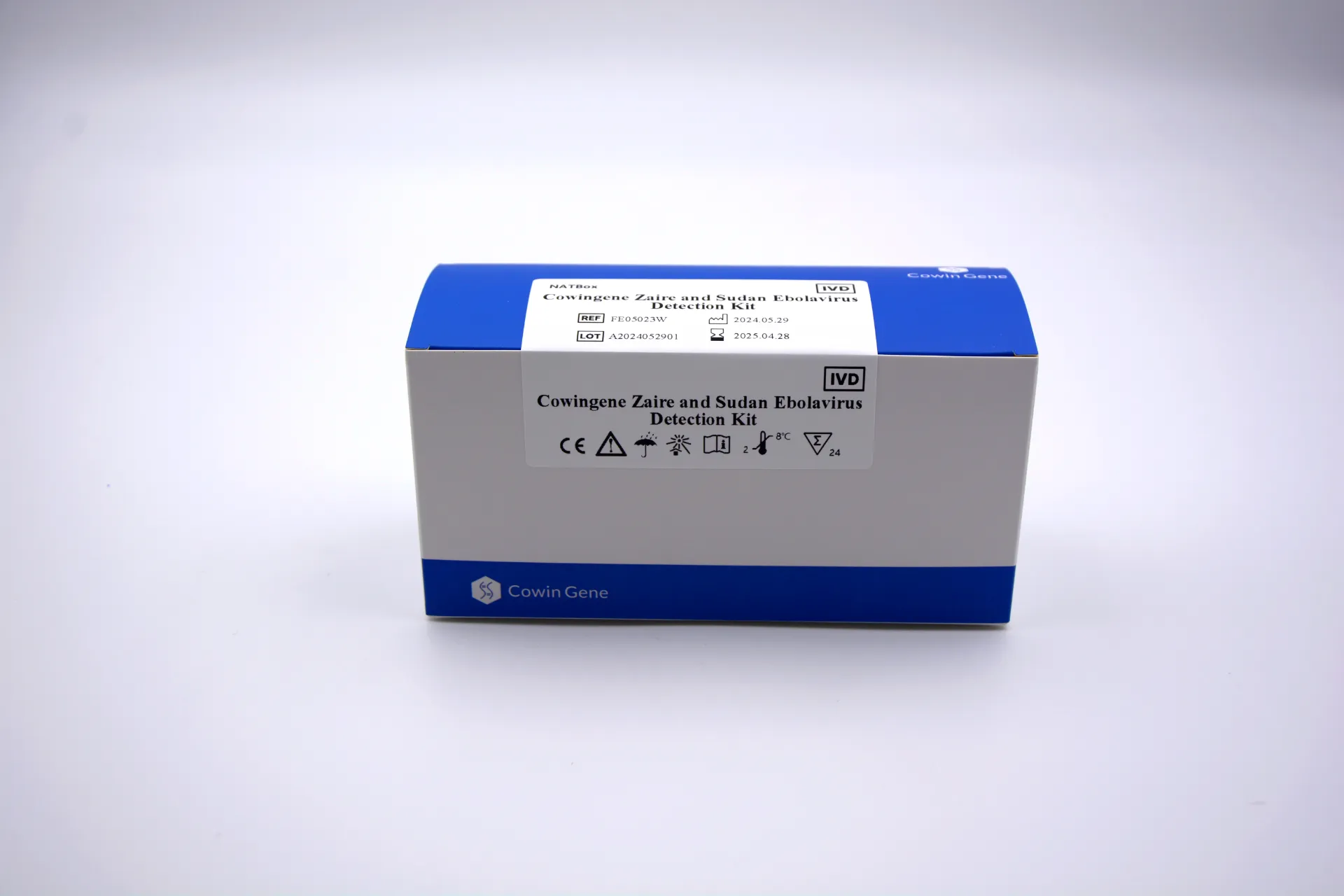
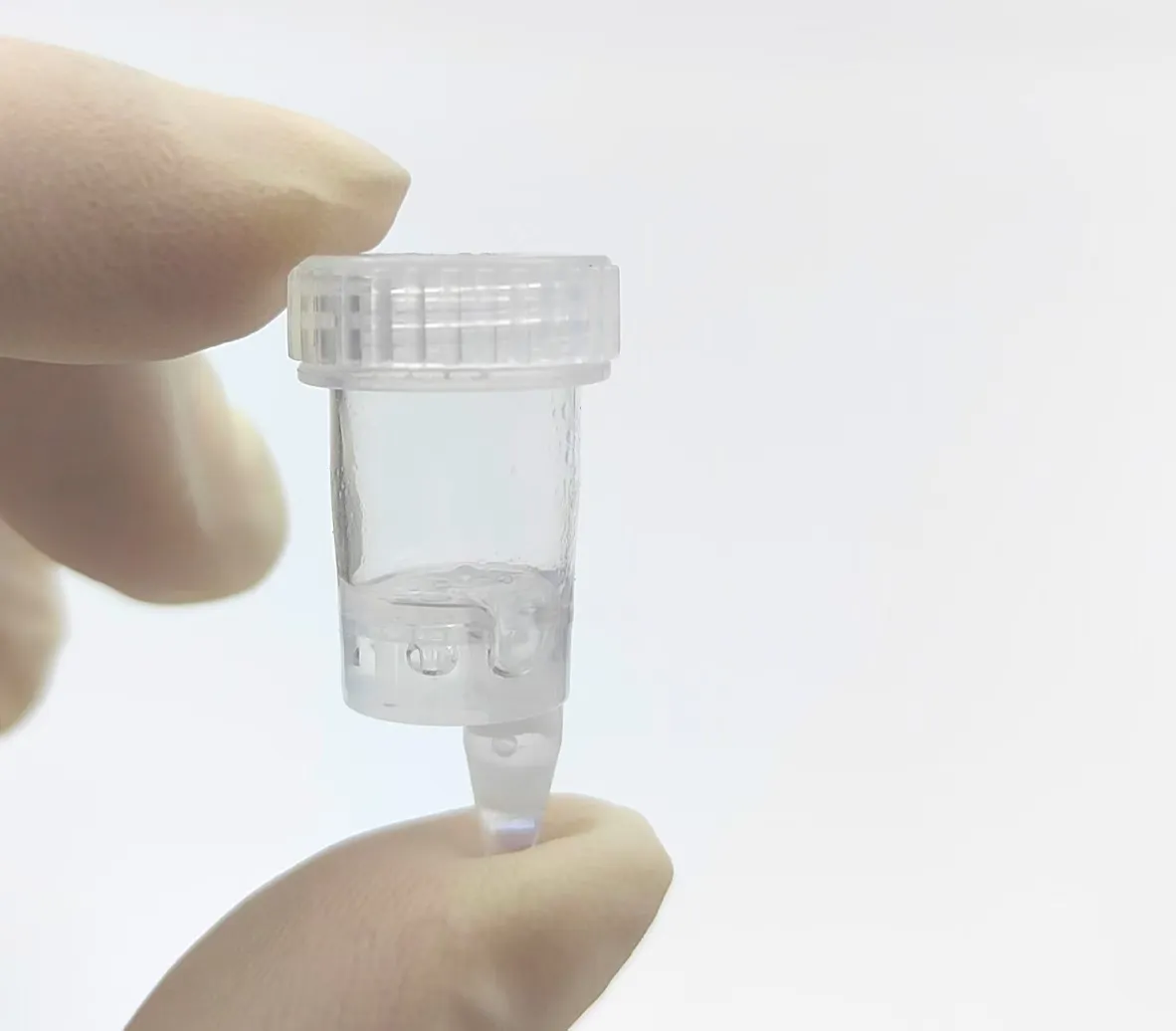
Technical Specifications of Modern Ebola PCR Systems
Technical specifications vary significantly among ebola pcr platforms, impacting detection capabilities and deployment scenarios:
| Parameter | Standard Range | Advanced Systems | Field-Deployable Units |
|---|---|---|---|
| Sensitivity | 100-500 copies/mL | 10-50 copies/mL | 200-1000 copies/mL |
| Time-to-Result | 120-180 minutes | 60-90 minutes | 150-240 minutes |
| Sample Volume | 200-500μL | 50-100μL | 200-400μL |
| Strain Coverage | Zaire ebolavirus | Zaire + Sudan strains | Zaire ebolavirus |
| Storage Requirements | -20°C | Ambient (4-30°C) | 4-30°C |
| Multiplex Capacity | Singleplex | Triplex detection | Duplex detection |
Performance Data Visualization
Critical Applications for Ebola PCR Diagnostics
ebola detection technologies serve critical roles in multiple scenarios:
- Outbreak Response: WHO reports indicate that rapid ebola pcr deployment reduces outbreak mortality by 32% through early isolation protocols.
- Border Screening: Thermal screening combined with PCR testing reduced cross-border transmission during the 2018 DRC outbreak.
- Clinical Management: Viral load monitoring via quantitative RT-PCR informs therapeutic decisions and prognostication.
- Surveillance Programs: Asymptomatic screening in endemic regions using pooled ebola kit testing.
Expert FAQ: Technical Aspects of Ebola Detection
Q: What specimen types are validated for modern ebola pcr kits?
A: FDA-approved assays support whole blood, plasma, and serum. The Cowingene NATBox system specifically validates plasma and serum samples with TNA extraction protocols.
Q: What temperature stability do reagents require?
A: Conventional reagents require -20°C storage, while advanced formulations like those in the Cowingene system maintain efficacy at 4-30°C for 18 months.
Q: What distinguishes multiplex ebola detection capabilities?
A: Systems like the NATBox employ parallel amplification targeting NP, VP40, and GP genes with strain-specific probes, allowing simultaneous Zaire/Sudan differentiation in a single reaction well.
Q: How many targets does a high-sensitivity ebola kit detect?
A: Premium systems detect ≥3 genomic targets (typically NP, VP40, L genes) to enhance diagnostic specificity exceeding 98.5%.
Q: What sample processing time should laboratories expect?
A: Sample-to-answer times range from 70 minutes (automated platforms) to 120 minutes (manual workflows). Cowingene's workflow completes in 95 minutes from sample preparation to result interpretation.
Q: What quality controls are integrated into FDA-cleared ebola pcr kits?
A: Systems must include internal amplification controls, extraction controls, and negative/positive template controls per CLIA standards.
Q: What cycle threshold (Ct) values indicate positive results?
A: Most assays define positivity with Ct values ≤40. The Cowingene system implements dual-threshold algorithms (FAM/HEX/VIC channels) with automatic baseline determination.
Technological Trends in Ebola Detection
The next generation of ebola detection platforms will incorporate:
- Crispr-Cas Integration: Research published in Nature Biotechnology (2022) demonstrates Cas13-based detection achieving single-molecule sensitivity.
- Smartphone-Based Platforms: NSF-funded projects are developing field-deployable readers with LODs approaching laboratory systems.
- Multipathogen Screening: Combination ebola pcr tests detecting Marburg, Lassa, and Ebola simultaneously are entering clinical validation.
- Lyophilized Reagents: New stabilization techniques extend ambient temperature storage beyond 24 months.
Scientific References
[1] "Field Validation of Multiplex Ebola RT-PCR Assays" - Emerging Infectious Diseases
https://wwwnc.cdc.gov/eid/article/27/9/20-4248_article
[2] WHO Technical Specifications: Ebola IVD Products
https://www.who.int/publications/i/item/WHO-EVD-Strategy-2021-25
[3] "Next-Generation Molecular Diagnostics for Filoviruses" - Journal of Clinical Microbiology
https://jcm.asm.org/content/59/11/e0081721
[4] CLIA Certification Standards for Viral Hemorrhagic Fever Testing
https://www.cdc.gov/clia
Related PRODUCTS
-
High-Accuracy MTB DNA PCR Test for Rapid TB Detection
NewsJul.23,2025 -
Accurate Norovirus PCR Testing Solutions for Rapid Detection
NewsJul.22,2025 -
Rapid Enterovirus PCR Stool Testing | Full GI Pathogen Panel
NewsJul.21,2025 -
Cowingene HLA-B27 Detection Kit (NATBox): Fast, Accurate NAT Testing
NewsJul.21,2025 -
High-Sensitivity CMV PCR Kit Accurate Quantitative Testing & Competitive Price
NewsJul.08,2025






















